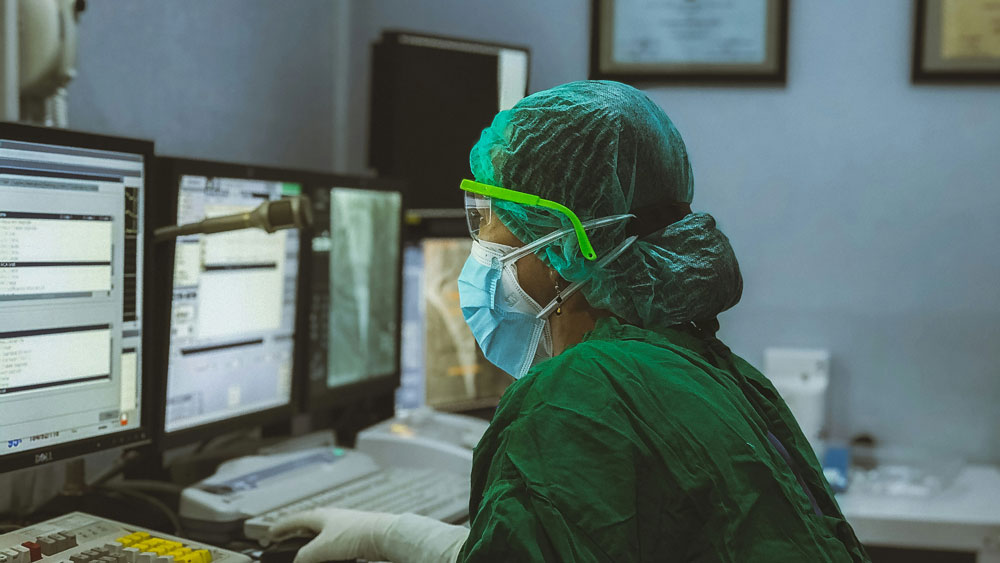Although patient safety is paramount in healthcare settings, about 1 in 10 patients is harmed in healthcare, and more than 3 million deaths occur due to unsafe care, says the World Health Organization (WHO). The reality is hospitals and healthcare facilities face numerous challenges in managing safety in addition to the risks of healthcare associated infections (HAIs), equipment failure, and operational downtime.
|
ADVERTISEMENT |
Without safety management and quality control, patient care and the overall functioning of facilities is compromised. Predictive cleaning and smart maintenance, two emerging technologies, have the power to transform safety in healthcare environments. They optimize cleaning and maintenance schedules as well as reduce risks, prevent accidents, and ensure long-term viability of healthcare services.
…

Comments
Content
Have to say nothing new in this text.
Just rehash of previous stuff.
Plus most hospitals do this sort of cleaning without need of sensors....common sense and experience and knowledge....
Most BME departments do equipment maintenance using statistical info and machine feedback.
Add new comment